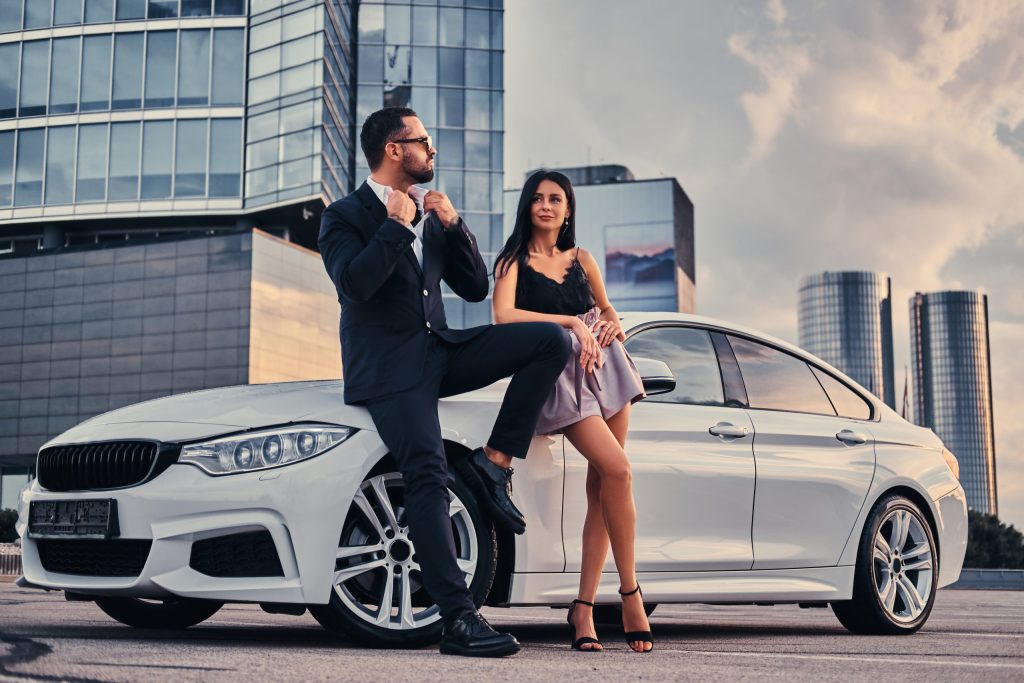Leveraging Bitcoin Holdings for Loan Approvals

As credit becomes really increasingly tight, homeowners diversify into other asset classes to boost their loanworthiness. Crypto assets, most of all Bitcoin, are becoming possible vehicles for access to finance. Lenders across the globe are reacting to the movement by incorporating crypto into collateral analysis.
Where traditional property holdings intersect with cryptocurrency holdings, the method of loan approvals is being redefined. As more individuals have significant bitcoin holdings, lenders have begun considering these holdings as part of general asset evaluations. Within other monetary regimes, bitcoin loans provide access to or utilization of liquidity without the need for temporary investment liquidation.
Some lenders incorporate crypto-backed loans into their products, allowing the borrower to utilize their virtual assets as security but really retain ownership. Such structured arrangements are sought after by homeowners who need finance for home renovations, investment homes or bridging finance, where other collateral streams are limited or already hypothecated.
Property-Backed Meets Crypto-Collateral
Traditional mortgage lending has really never depended on anything but property value and proof of income. However, an emerging class of hybrid lenders is broadening their criteria to include statements of digital assets and traditional statements. This indicates increased institutional comfort with the maturity and stability of major cryptocurrencies.
Some lending institutions can decrease risk portfolios and provide and issue tailored loan packages to homeowners by combining physical property equity with cryptocurrency financing. These models enable individuals to access higher loan-to-value ratios using their bitcoin as part of the collateral pool. Bitcoin loans can be used to circumvent the lending standards, given that the cash flows of such individuals are volatile or do not want to liquidate their assets.
While this approach makes the lenders safer and permits flexible repayment mechanisms for the borrower for unsubordinated loans, utilizing numerous assets for collateralizing financing redefines underwriting models, primarily where crypto adoption is gaining pace.
Regulatory Awareness Shapes Market Structure
Although regulatory standards vary significantly across nations, the idea of digital assets as collateral has moved on from speculation. Licensed institutions have released criteria for evaluating digital assets for Switzerland, Singapore and the EU. These criteria enable approved institutions to give out loans collateralized against crypto holdings based on risk management standards.
Homeowners in crypto-friendly areas are now presented with customized services that combine property evaluations with cryptocurrency holdings from digital wallets. While Bitcoin remains the most popular type of virtual collateral, institutions are diversifying into Ethereum and other stablecoins.
Including crypto-backed loans in property lending prompts conventional banks and alternative lenders to develop digital asset custody structures. Third-party custodians, who keep the collateral secure for the duration of the loan, reduce risk exposure for the borrower and lender.
Liquidity Access Without Liquidation
One appeal of using Bitcoin holdings for loan consideration is the potential for realizing liquidity without selling. For homeowners convinced that these holdings have long-term worth, this option allows for portfolio integrity while addressing imminent financing needs.
Loan terms are typically based on the combined valuation of the property and the virtual asset and conservative loan-to-value percentages for crypto inputs. There might also be automated liquidation procedures where the collateral value has decreased dramatically. Still, most sites also include margin warnings and other deposit alternatives to help minimize involuntary sales of holdings.
Such exchanges are also gaining popularity in volatile market environments or where access to lending is restricted. Homeowners can access capital for business expansion, funding for education or debt consolidation by using their crypto holdings as working collateral rather than illiquid investments.
Platforms and Providers Entering the Space
More and more fintech platforms are creating products for homeowners who own crypto assets. Such platforms have functionalities that ease asset verification, wallet connections and virtual collateral assessment.
Advanced blockchain and API data technology allow lenders to verify the authenticity and duration of asset holdings. Innovative contract-based protocols can automate most of the collateralizing and approval process, reducing the time and paperwork typically involved with traditional loan applications.
Some platforms even offer hybrid products that employ property-backed loans and crypto-collateral. These developments represent a sector-wide shift toward diversifying assets employed in lending assessments as conditions within the property market change and traditional measures fluctuate.
Future Outlook on Asset Interoperability
It is becoming increasingly plausible that physical and intangible assets can be integrated into a single unified financing plan. As lending programs mature and blockchain disclosure improves, homeowners can have more agency over how their whole pool of assets can be used in lending.
Tech providers are developing secure infrastructure for interoperability between blockchain-based property platforms and asset registries. This development is poised to encourage innovation around lenders’ views of wealth, moving from fiat dominance to multi-asset, flexible arrangements.
Bitcoin and cryptocurrency-backed loans will play an increasingly large part in that nascent environment. The evolving climate also promises flexibility for homeowners who desire access to capital without losing longer-term holdings of assets. Lending innovation’s future appears poised to take firm positions between physical stability and blockchain-required liquidity.






